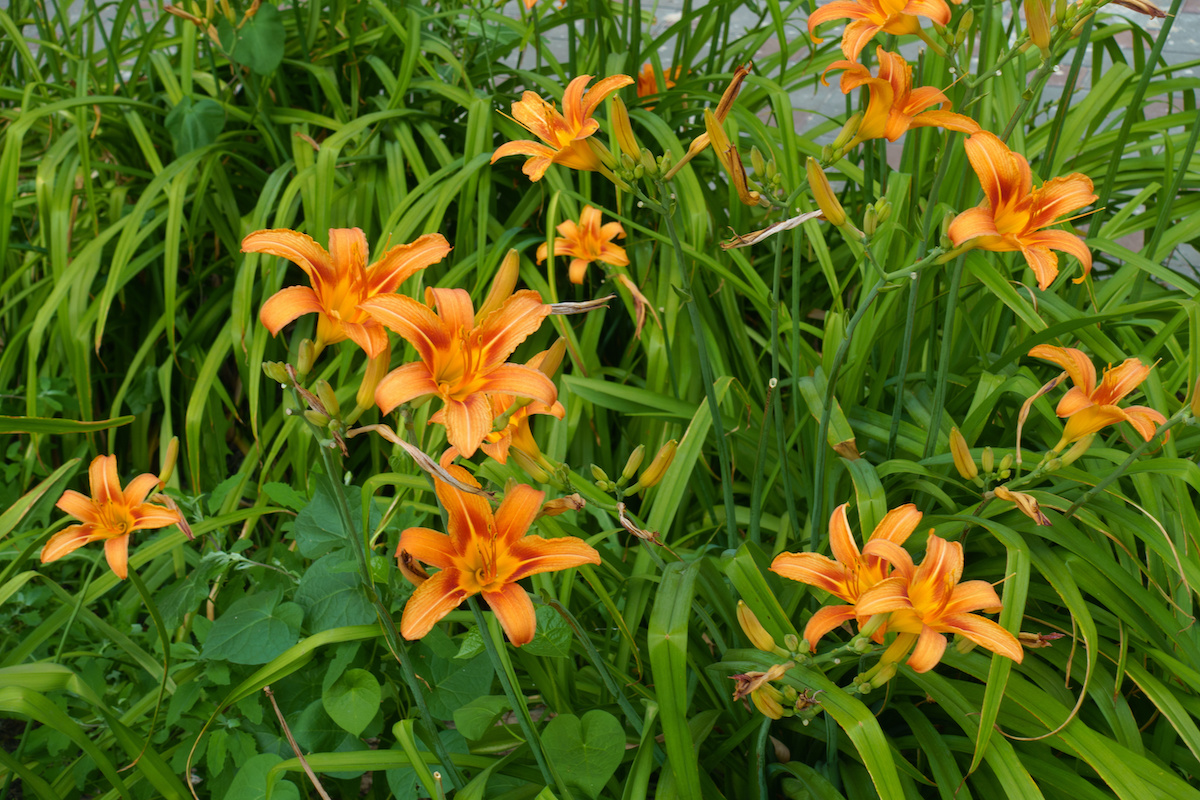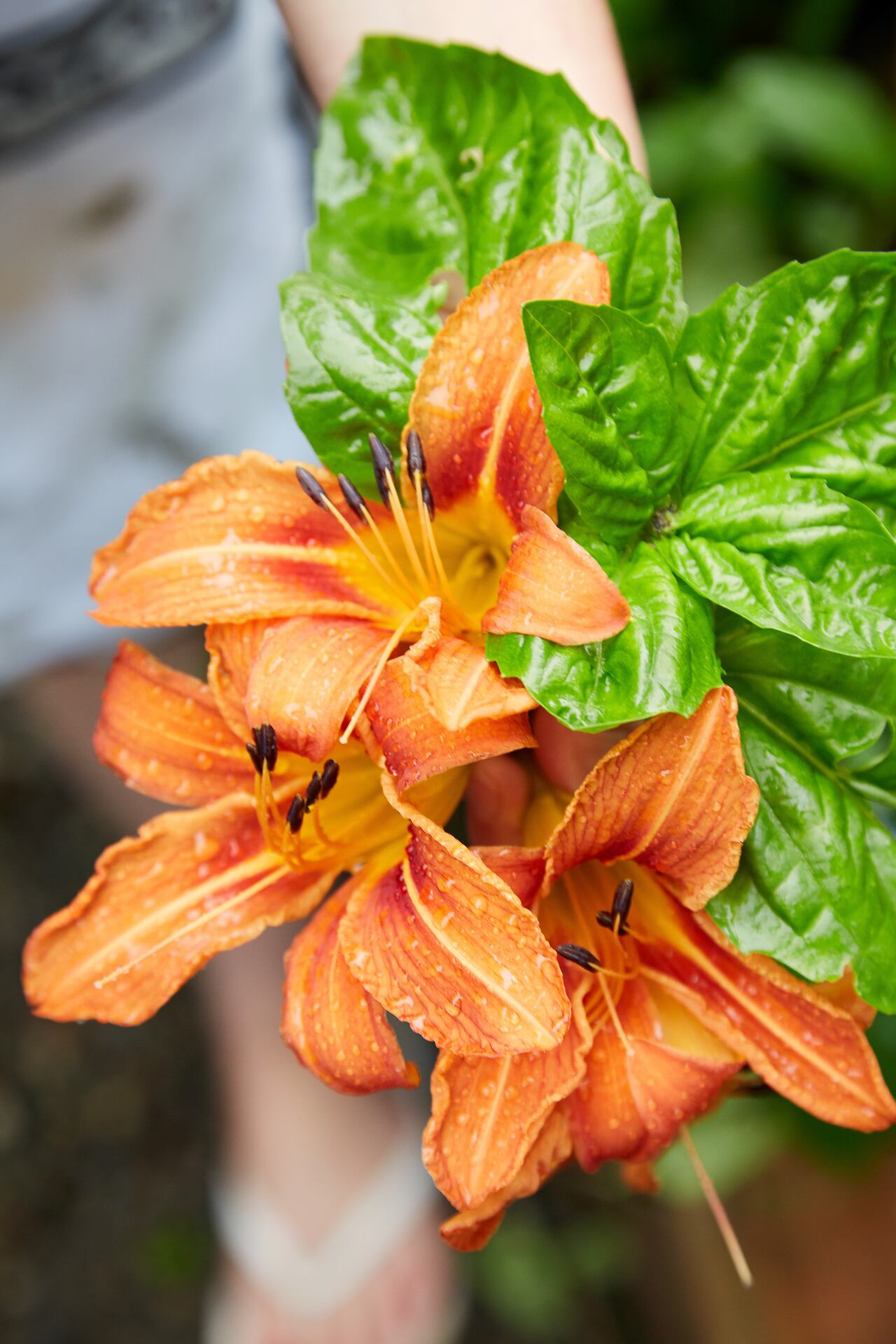“`html
Edible Lily flowers: A Culinary Delight
Lilies, with their vibrant colors and elegant forms, are often admired for their beauty. However, did you know that some lily varieties are also edible? These stunning flowers can add a unique touch to your culinary creations, offering a delicate flavor and a touch of floral elegance.
A Brief Overview of Edible Lilies
While not all lilies are edible, several species within the Lilium genus are safe for consumption. It’s crucial to correctly identify edible varieties, as some lilies can be poisonous. Always consult reliable sources before using any lily in your cooking.
Edible lilies have been used in cuisines around the world for centuries. In Asian cultures, particularly in China and Japan, they are considered a delicacy. They are often used in stir-fries, soups, and desserts. In Western cuisine, they are gaining popularity as a garnish, salad ingredient, and even a key component in certain dishes.
Identifying Edible Lily Varieties

One of the most commonly consumed edible lilies is the Lilium lancifolium (also known as Lilium tigrinum or Tiger Lily, although some sources advise against consuming this specific variety due to varying reports on its edibility). Other edible varieties include Lilium longiflorum (Easter Lily, though only the petals are generally considered safe), Lilium candidum (Madonna Lily), and certain daylilies (though daylilies belong to the Hemerocallis genus and are not true lilies).
It’s vital to remember that proper identification is paramount. Never consume a lily unless you are absolutely certain of its species and edibility. When in doubt, consult a botanist or expert in edible plants.
Flavor Profile and Culinary Uses
Edible lilies offer a subtle, slightly sweet, and sometimes peppery flavor. The taste can vary depending on the variety and how the flower is prepared. Some describe the flavor as reminiscent of asparagus or green beans, while others detect a more floral sweetness.
Using Lily Petals
The petals are the most commonly used part of the lily flower. They can be eaten raw, added to salads for a pop of color and flavor, or used as a garnish for desserts and savory dishes. The petals can also be candied, crystallized, or infused into oils and vinegars.
Lily Bulbs

The bulbs of some edible lilies are also consumed, particularly in Asian cuisine. They are often starchy and can be cooked like potatoes – boiled, baked, or fried. Lily bulbs are a good source of carbohydrates and have a slightly sweet, nutty flavor.
Other Parts of the Lily
In some cultures, the young shoots and even the pollen of certain lilies are used in cooking. However, these are less common than the petals and bulbs.
Preparing Edible Lilies
Before using any part of the lily, it’s essential to clean it thoroughly. Gently wash the petals or bulbs under cool water to remove any dirt or pesticides. Remove the stamens and pistils from the flower, as they can have a bitter taste.
Cooking with Lily Petals
Lily petals can be added to salads, soups, and stir-fries. They can also be used to make teas or infused into beverages. For a more elegant presentation, try stuffing the petals with cheese or other fillings.
Cooking with Lily Bulbs

Lily bulbs can be boiled, baked, or fried. They can be added to soups, stews, and stir-fries. They can also be mashed or used in gratins.
Health Benefits of Edible Lilies
Edible lilies, like many flowers, are low in calories and contain some vitamins and minerals. They are also a good source of antioxidants. However, it’s important to note that lilies should be consumed in moderation as part of a balanced diet.
Growing Edible Lilies
If you’re interested in growing your own edible lilies, it’s crucial to choose the right varieties. Ensure that the lilies you select are specifically labeled as edible. Grow them in well-drained soil and provide them with adequate sunlight.
Important Considerations for Growing
Avoid using pesticides or herbicides on lilies intended for consumption. Organic gardening practices are recommended to ensure the safety of your flowers.
Potential Risks and Precautions
As mentioned earlier, not all lilies are edible. Some varieties are poisonous and can cause serious health problems. It’s essential to correctly identify edible lilies before consuming them. If you are unsure about the edibility of a lily, do not eat it.
Allergies
Some individuals may have allergies to lilies or other flowers. If you have any known allergies, exercise caution when trying edible lilies for the first time.
Pesticide Use
Avoid consuming lilies that have been treated with pesticides or herbicides. These chemicals can be harmful to your health.
Edible Lilies in Different Cuisines
Edible lilies have a rich history in various culinary traditions. In China, they are often used in stir-fries and soups. In Japan, they are sometimes added to tempura dishes. In Western cuisine, they are becoming increasingly popular as a garnish and ingredient in salads and desserts.
Asian Cuisine
In Asian cooking, lily bulbs are often used in savory dishes, while the petals are used in both sweet and savory preparations.
Western Cuisine
Western chefs are exploring the use of lily petals in innovative ways, incorporating them into salads, desserts, and even cocktails.
Conclusion
Edible lily flowers offer a unique and beautiful addition to the culinary world. With their delicate flavor and vibrant colors, they can elevate your dishes to a new level of sophistication. However, it’s crucial to remember that proper identification and preparation are essential to ensure safety. By following these guidelines, you can enjoy the culinary delights that edible lilies have to offer.
“`
edible lily flowers
